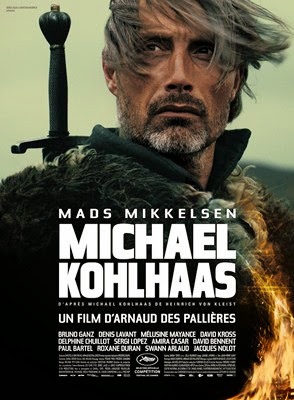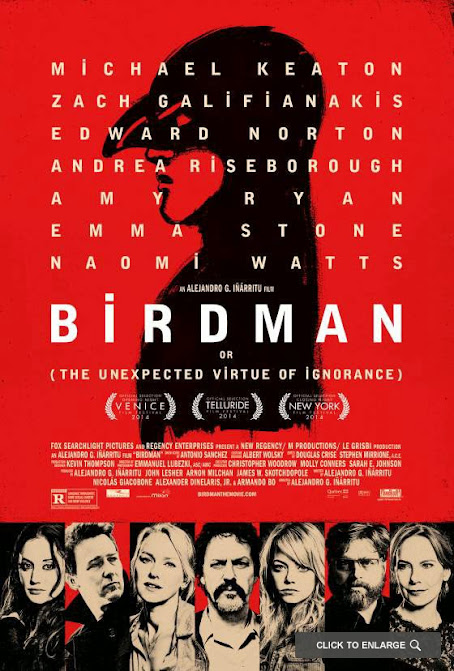Where's Feet going to find such money? He's had a run of bad luck and it continues after his release. Given ten bucks for good luck, he decides to blow it all on a huge box of candy for his girlfriend Hortense (Alice White), but he ends up blowing the whole bill on 200 chances at a push-pin game in hopes of winning the candy box for free. Of course, an old lady walks up behind him and wins the candy on her first chance. That probably counts as bad luck for Feet, too. Back in jail, he'd even managed to lose a nickel he'd bummed off an unbilled Clarence Muse for a phone call. He manages to extract a few bucks from his pickpocket roommate (Hobart Bosworth) but loses them through a hole in his pocket after entering a restaurant and ordering a dinner. Condemned to dishwashing to pay his way, he sees a deliveryman paid $16 for a slab of meat and assumes that his body should be worth much more. He puts himself on the market, offering his body to science for an even grand, but there are no takers until he encounters Dr. Snitzer (Robert Barratt), who wants to make a mold of Feet's skull and put it in every medical school in the country. Feet gets the money in advance and has 30 days to settle accounts before fulfilling his obligation -- the doctor doesn't expect to wait a lifetime for his goods. The Brain himself vouches for Feet as a very honorable guy, assuring Snitzer that his subject won't welsh on him. Brain even promises to "underwrite" the transaction, making himself responsible for Feet keeping his end of the bargain, whether he wants to or not.
Once he's on borrowed time, Feet has an unprecedented run of luck, starting with a bet placed by accident, that leaves him a millionaire. He can now afford to marry his girl and live large, and when Brain reminds him that his thirty days are almost up, he figures he can square things with Dr. Snitzer by paying him back with interest. But you don't deal with a scientist like that, especially when we know that the doctor has eyes for Feet's girl. When Feet learns of Snitzer's romantic interest, he figures that the doctor hasn't negotiated in good faith and feels justified in absconding with his bride-to-be to South America. Honor still compels Brain to send his minions to fetch Feet, but his own encounter with Snitzer convinces the mastermind that the doctor is incompetent and actually barking mad. Now honor compels Brain to rescue Feet and his girl from his own men, who've hijacked the armor car Feet had hoped to escape in....
A Very Honorable Guy comes across like neither a Damon Runyon movie nor a Joe E. Brown vehicle. The characters don't talk in the eccentric cadences that listeners to Guys and Dolls recognize as Runyonesque, but at the same time Brown is playing a Runyon character rather than his typical idiot or braggart. He doesn't even get to do his signature yell until an epilogue. Brown is likable enough in the role but with the slapstick also kept to a relative minimum he isn't able to give an all-out star performance. Under those circumstances Robert Barratt, one of Warners' most verstatile character actors and probably the most underrated member of the studio stock company, arguably has the funniest scene in the picture. It's Dr. Snitzer's sit-down with The Brain, the gangster having invited the doctor to a cafe to discuss delivering Feet as promised. Matter of factly, Snitzer dumps a few lumps of sugar into his coffee cup, along with salt, pepper, catsup, worcestershire sauce, etc. "Are you actually going to drink that?" Brain asks. Of course not, Snitzer answers; you asked me to have a coffee, but I don't have to drink it. He blithely stirs the mixture together and finally dumps it on the floor. "There! I've had my coffee and I'll still be able to sleep tonight." Director Bacon cuts back to Dinehart often enough to sell Brain's gradual realization that he's dealing with a madman. In case the audience hadn't figured that out, Snitzer explains that he'd escaped from a lunatic asylum by disguising himself as a poached egg. Brain can't get out of that cafe soon enough, and Snitzer gives him this odd little bye-bye wave, having never really changed his deadpan expression, as icing on the crazy cake. Having seen him listed in the cable-guide credits, I was actually hoping for a little more mad-scientist shtick from Barrat, but this scene is a little gem of lunacy that enlivens a modestly entertaining comedy. More than a Brown vehicle, it's a nice ensemble showcase for many of Warners' second-echelon players, from Bosworth's nearly-guileless pickpocket to the always-watchable Harold Huber as one of Brain's enforcers, using land-shark tactics to get into Hortense's apartment in search of Feet. Bacon keeps things moving briskly across 62 minutes; the film neither wears out its welcome, nor should it leave anyone feeling shortchanged. By no means Brown's finest hour, it's at least an easy hour for classic movie fans to get through.
 D
D E
E